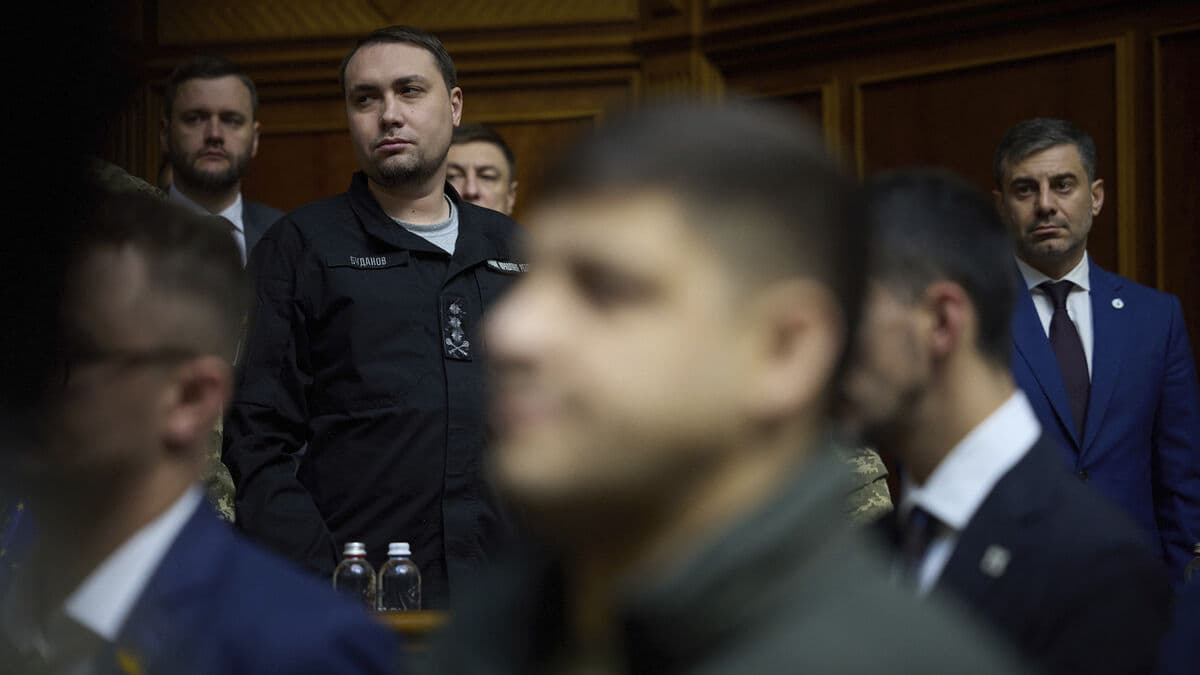The attack, which is said to have taken place on Saturday night, is described by Ukraine as a precision attack on three parts of the oil pipeline, which is 400 kilometers long and connects refineries in the cities of Moscow, Ryazan and Nizhny Novgorod.
"Anti-drone defenses and armed guards could not stop it. All three lines exploded simultaneously, rendering the entire line unusable," reads a statement from the Ukrainian intelligence service on Telegram.
Immediate effect
Unlike sanctions, the attack will have an “immediate effect” on the Russian war economy, believes Joakim Paasikivi, because the pipeline is an important source of supply for the Russian forces.
That effect is an important part in itself, but what is most remarkable is that this is being done as sabotage, says Paasikivi and continues:
It shows that Ukraine has operators inside Russia who can carry this out and that of course creates problems. The Russian side has failed to protect the country from Ukrainian special forces and intelligence operators.
According to Kyiv Post, the pipeline has an annual capacity of up to 3 million tons of jet fuel, 2.8 million tons of diesel and 1.6 million tons of gasoline.
Ukrainian intelligence chief Kyrylo Budanov has also commented on the attack, claiming that it causes Russia "significantly greater damage than the sanctions have done so far."
Record number of robot attacks
Whether the attack will affect Russian forces in the longer term is difficult to know at this point, says Paasikivi.
Infrastructure can be repaired, and then it's important to make sure to attack it over time. So the question is whether Ukraine can continue.
At the same time, Russia has intensified its attacks on Ukraine's energy supply ahead of winter. An analysis of Ukrainian data by the AFP news agency shows that Russia fired more missiles in October than in any other month since at least the beginning of 2023. The attacks have targeted Ukraine's electricity grid, causing widespread power outages.
According to the analysis, 270 Russian missiles were fired during October, which is 46 percent more than in September and the highest figure since the Ukrainian Air Force began keeping statistics.





